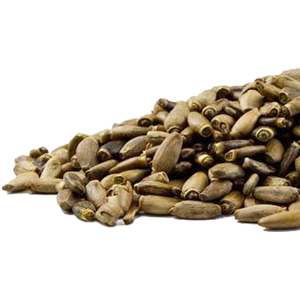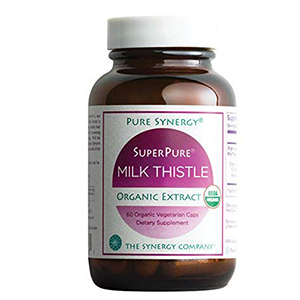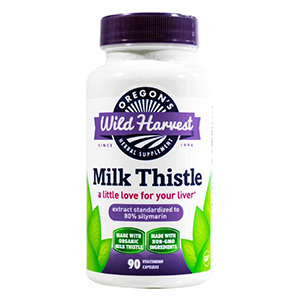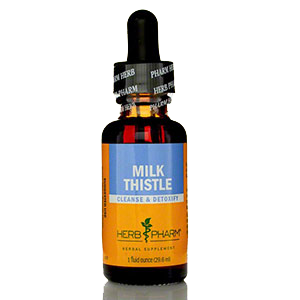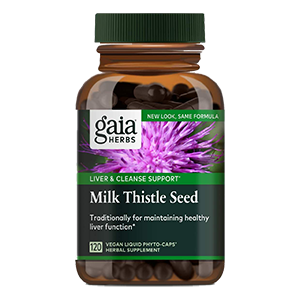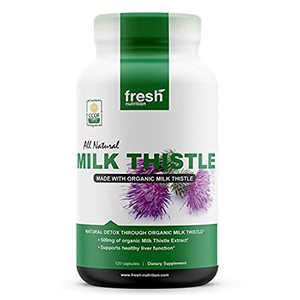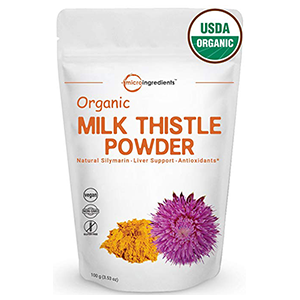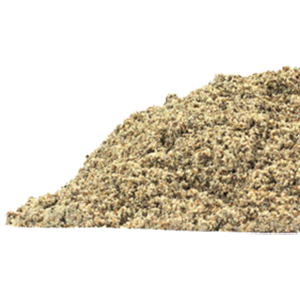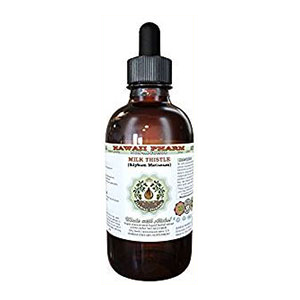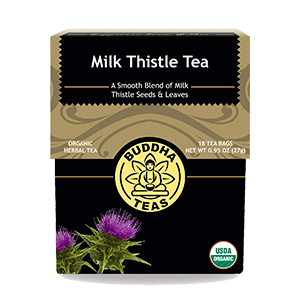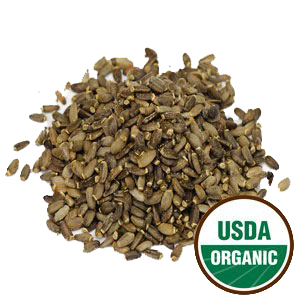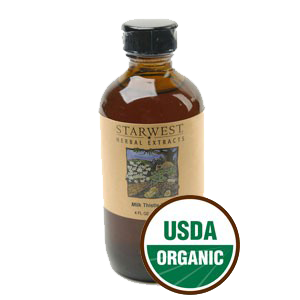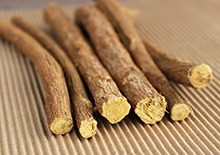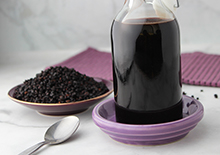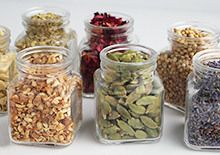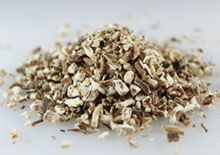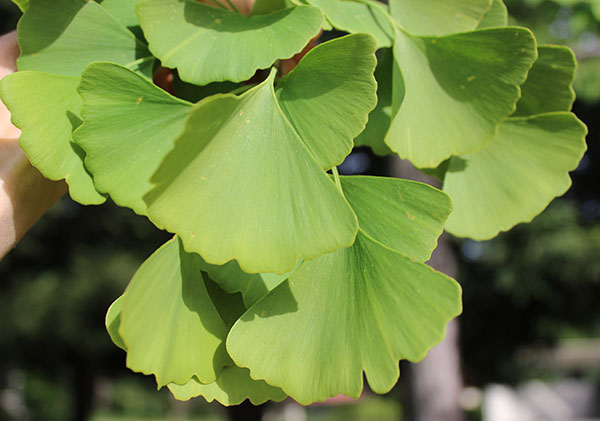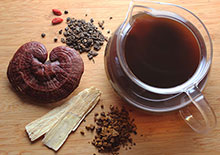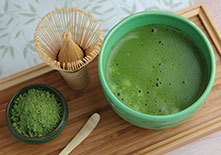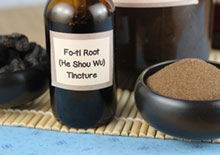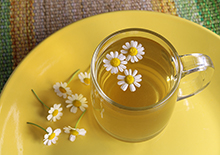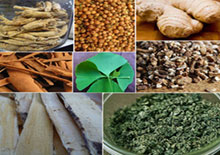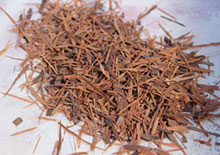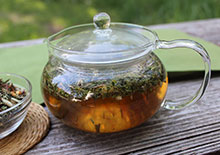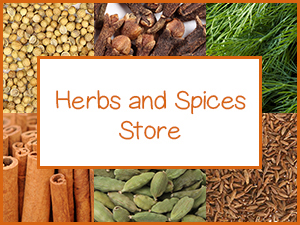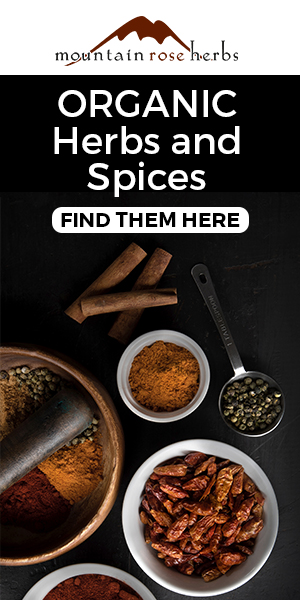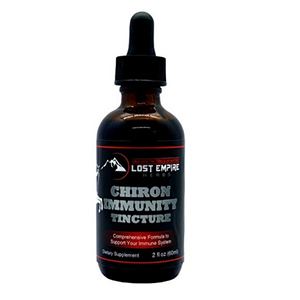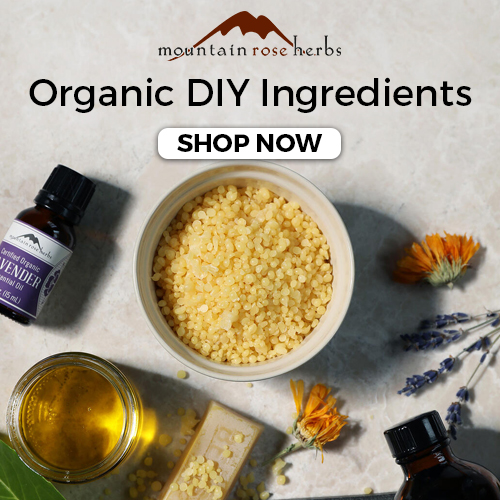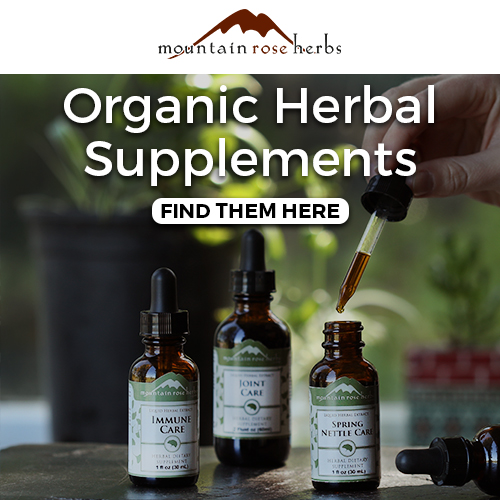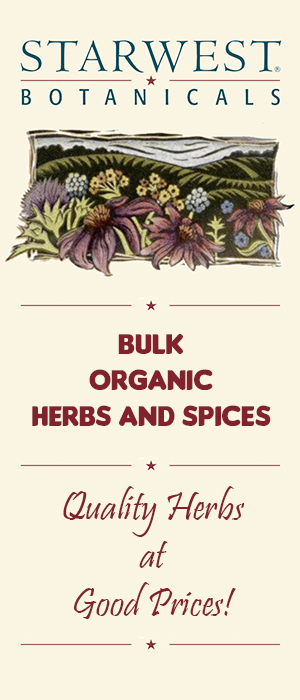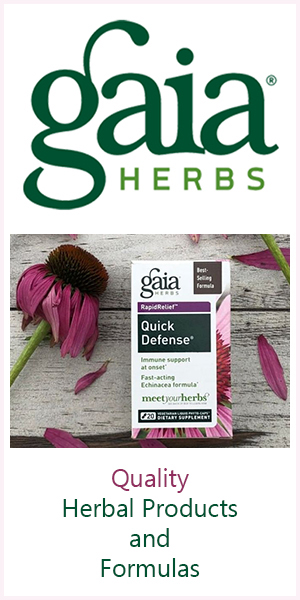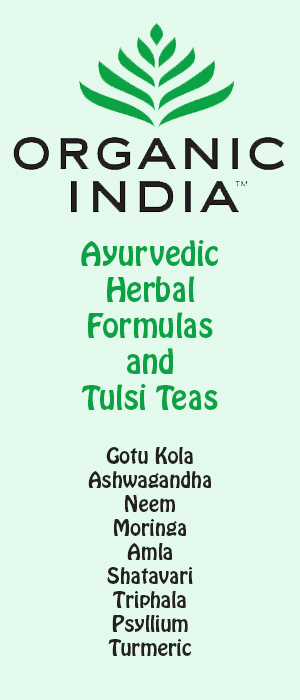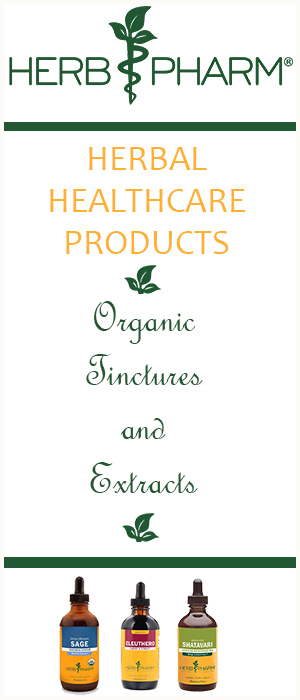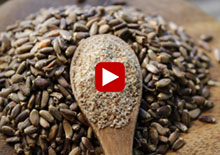- Home
- List of Herbs
- Milk Thistle Benefits
Milk Thistle Benefits for Liver Detox Support
Intro | What is Milk Thistle? | Harvesting Your Own Seeds | Health Benefits | Benefits Summary | Periodic Use | Types | How to Use | Precautions | Shop
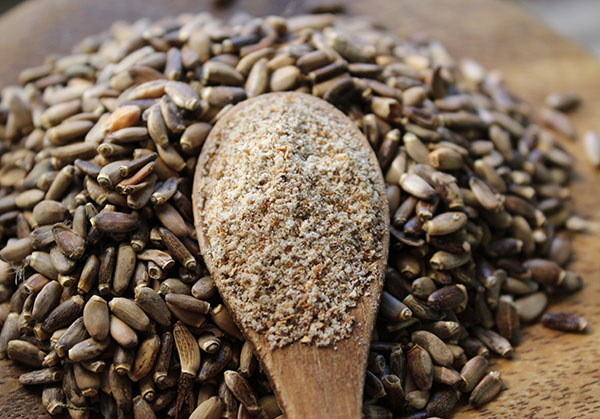
Milk thistle benefits are well known in today's modern world for their cleansing effects on the liver organ. However, the use of milk thistle as an herbal treatment for liver disorders actually dates way back to the Medieval Period.
Milk thistle was one of the most popular liver herb "alteratives" used in European and Western herbalism and folklore, mentioned in books and documented in herbals throughout the ages.
It was often referred to as a "remedy of the bile duct" and used in treatment for numerous problems associated with the liver including psoriasis, jaundice, hepatitis and cirrhosis.
Table of Contents
Intro | What is Milk Thistle? | Harvesting Your Own Seeds | Health Benefits | Benefits Summary | Periodic Use | Types | How to Use | Precautions | Shop
The herbalist John Gerard (1545–1612), author of Generall Historie of Plantes wrote, "My opinion is that milk thistle is the best remedy that grows against all melancholy diseases."
All parts of the plant can be used, but the milk thistle seeds are considered to be the most medicinally potent for herbal use.
Milk thistle seeds, consumed as a powder, tea, tincture or standardized extract, can be helpful for not only healthy liver function but as a side-effect also work to support other bodily systems.
The seeds are a concentrated source of the flavonoid antioxidant and anti-inflammatory called "silymarin".
From an herbalist perspective, milk thistle benefits are due to its properties as a hepatic, galactogogue, demulcent and cholagogue.
The seeds therefore can have an influence on the liver, help to promote lactation, encourage bile production and offer soothing effects to the mucous membranes of the body.
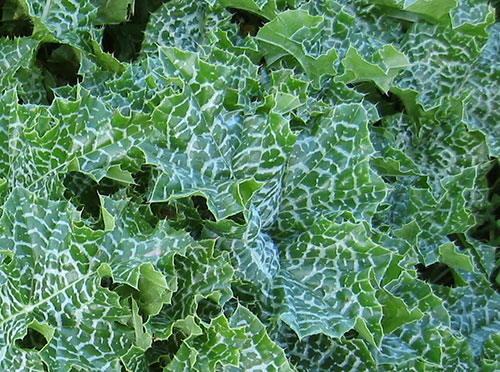
What is Milk Thistle?
Milk thistle (Silybum marianum), also called holy thistle and lady's thistle, is a common weed in California but grows throughout the world in climate zones 5 through 9. The plant has purple to red flowers and can be up to 10 feet tall.
Other parts of this wild plant, besides the seeds, are also edible. The leaves can be steamed or eaten raw (after removing the thorns) as a wild edible green. According to the Modern Herbal, "The heads of this thistle formerly were eaten, boiled and treated like those of the artichoke."
"Milk" thistle is said to get its name from the milk that exudes when you crush the thistle leaves. In addition, the leaves also have a milky white pattern, like they have been splashed with milk, which makes them easy to identify. Milk thistle seeds are also known to increase and enrich milk production in nursing mothers.
Thistles are a remarkable group of herbs in our opinion. They are
thorny, resilient, robust and very tenacious in the environments in
which they grow. Commonly found in areas that need regenerating, they
are very prolific at spreading their seeds and taking over the
landscape. For this reason, they are not commonly viewed as a beneficial
plant species. But, in many ways, these characteristics are what make them a potent medicinal super herb.
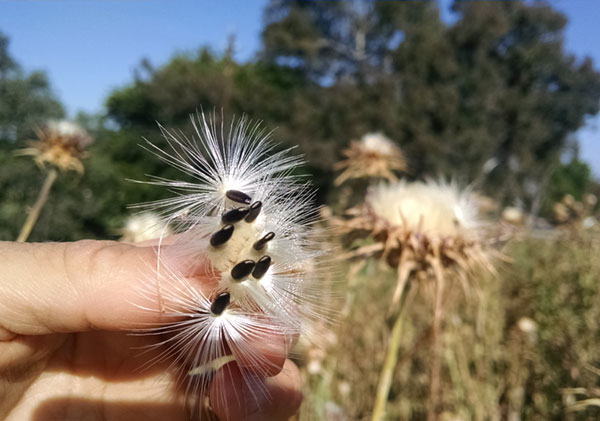
Harvesting Your Own Seeds
Wild milk thistle seeds can be harvested when ripe, with one flower head containing up to 200 seeds. To do this you cut off the entire head and a good amount of the stem. Tie them together then place them upside down in a paper bag and hang in a warm but dark location.
After 5 to 7 days the seeds usually fall to the bottom of the bag and can be poured out into a bucket, which allows any dried material to blow away. We like to keep them in the fridge or freezer as they tend to go rancid at warmer temperatures.
Benefits of Milk Thistle for the Liver
The powdered seeds and extracts of the milk thistle plant are a well-established herbal superfood for supporting liver health, one of the most important organs of the human body.
As the master detoxifier, blood purifier and root of stability for all other systems it is largely responsible for the condition of our bloodstream. Therefore, when we nourish it and keep it healthy, the entire body feels the results.
The liver is also a major organ of our digestive system and processes every substance we eat and take in. It not only purifies the body of metabolic wastes but also of pollutants in the air we breathe and potential toxins we ingest.
Moreover, our liver is also in charge of constructing various building blocks needed for proper hormone production and activity that keeps our reproductive systems balanced and strong.
Milk thistle seed is one of the great cleansing herbs, helps to encourage natural detox processes and is specific for its protective effects on this all-important organ.
How Does Milk Thistle Seed Work?
Milk thistle benefits, to a large extent, are due to the active antioxidant ingredient called silymarin. Silymarin is a bioflavonoid complex and the liver-protecting compound present in the seeds that supports the detoxification and potential renewal of the liver organ.
The three main silymarin flavonoid constituents are:
- silybin (silibinin)
- silydianin (silidianin)
- silychristin (silicristin)
Of the three, research indicates, silybin is the most beneficial of these active ingredients, usually making up about 50-70% of the silymarin constituent.
Silymarin is known to be able to repair the liver by stimulating protein synthesis and changing the outside layer of liver cells. This is known to inhibit toxins from getting in, possibly blocking them as well as removing them from the body.
While scientific research remains inconclusive, in one double-blind study experts conclude that the silymarin in milk thistle is extremely beneficial, counteracting the effects of toxins and accelerating the process of cell regeneration in damaged liver tissue. (*)
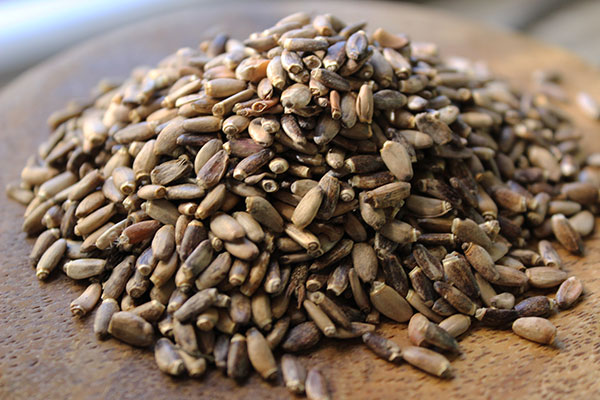
The silybin in milk thistle seeds have been shown effective for some types of mushroom poisoning and are likewise possibly useful for a number of liver-related health conditions including alcoholic and viral hepatitis, a fatty liver, jaundice, psoriasis and cirrhosis.
In one study, it has been shown to protect the liver against certain medications, like acetaminophen, that can cause drug-induced liver damage when used over a period of time.
Along with a health-promoting diet high in whole plant-based foods, milk thistle and its bile stimulating properties show promising potential for fatty liver conditions and gallstones which can be a direct result of sluggishness in these organs.
It is important to note however that the FDA does not currently approve of using milk thistle as a treatment for any medical condition.
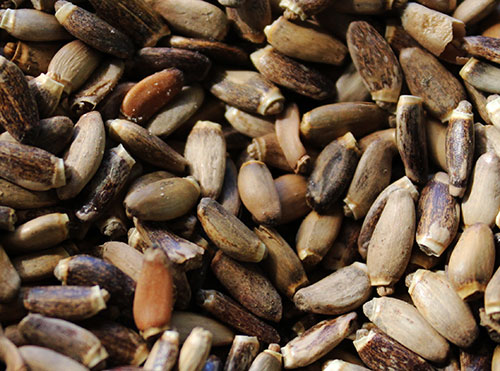
Milk Thistle Benefits Summary:
- Stimulates bile production
- Supports cholesterol balance
- Protects the liver organ
- Encourages the breakdown of fatty foods
- Helps reduce inflammation in the body
- Assists as a mild laxative
- Can be useful for PMS
- Potential detox supplement for hangovers
- Supports the body's detox processes
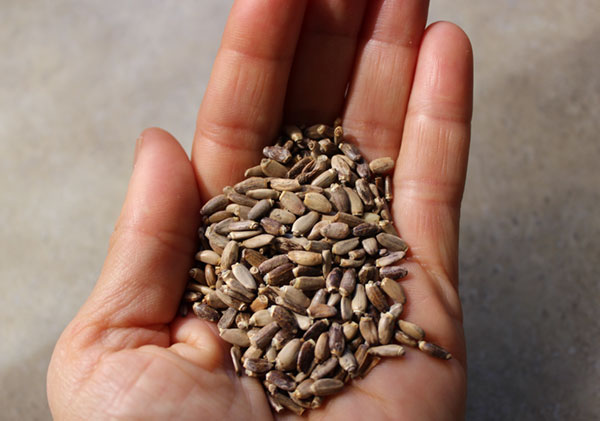
Milk Thistle Benefits and Periodic Use
We are all exposed to environmental contaminants on a day to day basis, so it is good to take herbs, supplements and drink teas that help clean them out on occasion. This encourages detoxification from poisons like pesticides, PCB's, dioxin, chlorine, automotive exhaust, radiation and numerous heavy metals that are invariably still in the water we drink, the foods we eat and the air we breathe.
Milk thistle and its active healthful constituents assist the liver to function more effectively at filtering these possible toxins and preventing their potential accumulation.
The benefits of milk thistle are becoming more and more popular these days as a simple dietary adjunct to living in the modern world.
Periodic use can help to support liver vitality as well as overall health. As we mentioned, when we nourish the liver other organs can be naturally affected in positive ways as a side-effect.
Fresh ground milk thistle seed or tincture might be an herbal supplement option to consider adding to the diet on an intermittent basis. The seed powder can be especially helpful when doing a juice cleanse or adhering to a cleansing diet regime a few times a year.
(Click here for more on milk thistle seed and its 3 healthful attributes.)
Types of Milk Thistle
- Whole Ground Seeds - Whole seeds ground into powder form.
- Liquid Tincture - Milk thistle seeds concentrated into an alcohol solution.
- Tablets or Capsules - Powdered milk thistle formed as a tablet or encapsulated.
- Milk Thistle Extracts - Concentrated laboratory extract of the seeds.
- Silymarin Extracts - Isolated extractions of the active silymarin compound (available as standardized or non-standardized extracts).
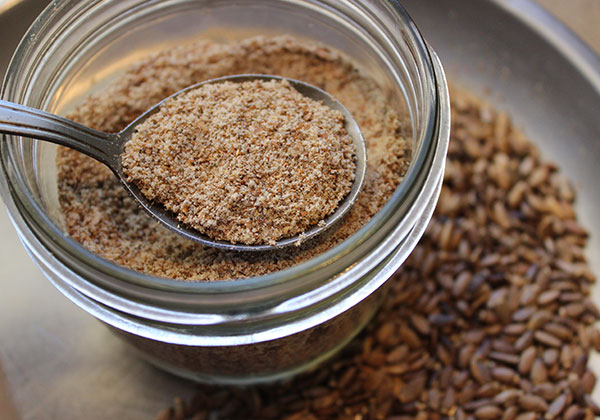
How to Use
Whole milk thistle seeds are too hard to eat or use in herbal preparations.
We personally buy the seeds by the pound and grind them down into a fresh powder that can be stored in the fridge or freezer. Milk thistle contains vitamin E and fatty acids that can go rancid at warmer temperatures.
To powder the seeds you must use a high-speed blender, coffee grinder, high-speed blender or a NutriBullet also works.
The powder has a pleasant nutty almost neutral flavor that can be sprinkled over meals, salads or as an addition to blended drinks. Some herbalists recommend using the powder in a milk thistle tea infusion and sipping it throughout the day.
Silymarin Extract Vs. Milk Thistle Powder
We believe that foods are generally best when consumed in their natural state as opposed to isolating certain active ingredients, like silymarin.
You may want to consider using a combination of standardized silymarin extract (60-80% silymarin) in addition to the ground powder. This way you are getting the best of both worlds and ingesting all components that may help to make it more bio-available to the body.
In general, the powder is very effective for basic maintenance as a periodic dietary supplement.
Remember
that only a certain amount of the silymarin compounds can be absorbed at one
time, so it is good to take it in small doses during the course of a day. Always follow dose amounts on product labels.
Does Milk Thistle Have Any Side-Effects?
Milk thistle benefits, when consumed in appropriate doses, are relatively gentle on the body in comparison to other liver herbs or supplements.
Milk thistle seed, as well as silymarin extract, can cause mild to moderate laxative effects. This side-effect is most noticeable with people consuming a high-fat diet.
The seeds have estrogen-like properties and should be avoided if you have an estrogen hormone-sensitive condition.
Milk Thistle Tea Recipe
You can also use milk thistle powder infused into herbal tea recipes.
Here is a simple herbal tea that can be used to aid digestion.
Ingredients:
- 4T finely ground milk thistle seed
- 1T whole fennel seed
- 3T dandelion root
- 1T peppermint
- One quart of pure water
Decoct or simmer the dandelion root for 20 minutes and then pour hot liquid into a jar with the remaining herbs and infuse for 15 minutes.
Precautions:
Consult your physician if you are pregnant, nursing, taking any prescription medications or if you have a serious medical condition.
Shop Related Products (About Affiliates & Amazon Associate Paid Links)
Affiliate Disclaimer: This section contains affiliate product links. If you make a purchase through our recommended links, we receive a small commission at no additional cost to you. Thanks for the support.
